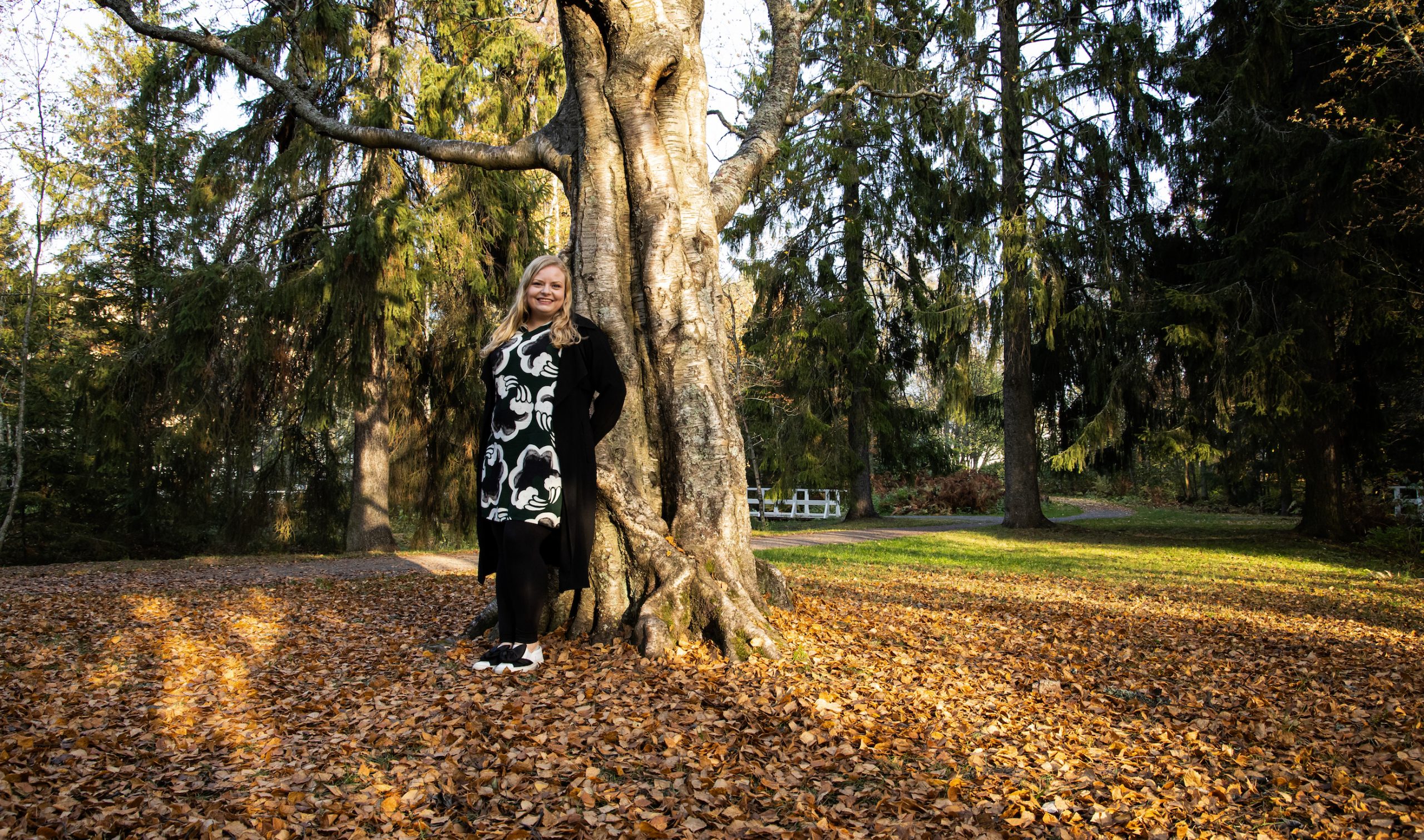
Henna Määttä
I am a second term City Councilor and a Chair of the Green City Council group in the City of Oulu. I am also the 1st Vice Chair of the City Board and an actual member of the City Group Division. In my day job I work as a Project Manager at the University of Oulu.
I spend my spare time largely in politics, hobbies, cultural and outdoor activities. In everyday life, I try to make environmentally friendly choices and support local entrepreneurship. I usually choose cycling or bus instead of a car, and when looking for a place to dine, I prefer small family owned restaurants.
I have participated in different types of voluntary work since primary school and I have a strong background in the student union and its societies. As a person I am cooperative, enthusiastic and empathetic teamplayer and and in my actions I emphasize consistency and justice. I am passionate about everything I do, but above all I value knowledge- and research-based decision-making.
If you want more information about my resume and my work background check-out my profile in LinkedIn.
Below you can get familiar with my major themes in municipal elections 2021.
Did you know that Henna…
… was born in Kuusamo in 1984 and moved to Oulu when she was 8 years old.
… has graduated from the International Baccalaureate high school of Oulun Lyseo and was an exchange student in Brazil.
… is a Master of Arts in Education from the University of Oulu. She studied early childhood education as a major and drama education and natural sciences as a minors.
… worked for 12 years in different types of restaurants and has studied for a specialist degree in business administration.
… loves theater and gigs.
… relaxes in the woods and on hiking trips.
… is passionate about good food, quality wines and craft beers.
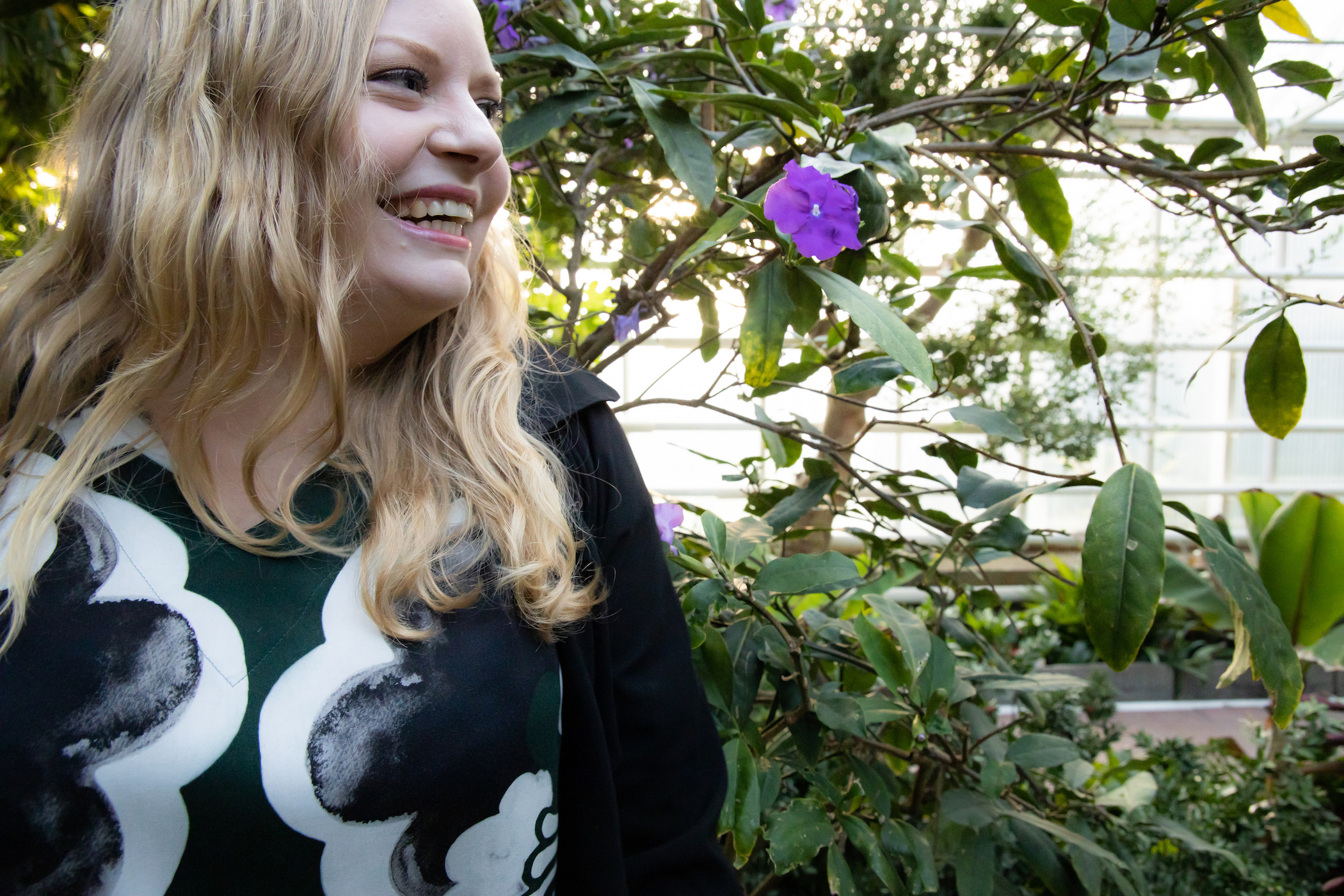
Oulu – City of Good Vibes
I want to help the city of Oulu to become a modern city that looks after all its residents. I want Oulu to be a place where mental health services are improved, and the wellbeing of the residents is looked after. The city also invests in culture and education, from early childhood education to the higher levels. In this city, the wellbeing of mind and body is reinforced preventively on all the branches of the municipality, not just in the social and health services.
The city of good vibes also grows in a sustainable way, tackles climate change bravely, and encourages the use of sustainable ways of transportation. It is a city-sized city that manages to attract international experts and where diversity is seen as an asset. The city works to improve equality, and the aim is for everyone to have the opportunity to educate themselves, have a meaningful job, be able to start a business, and live their life as they want.
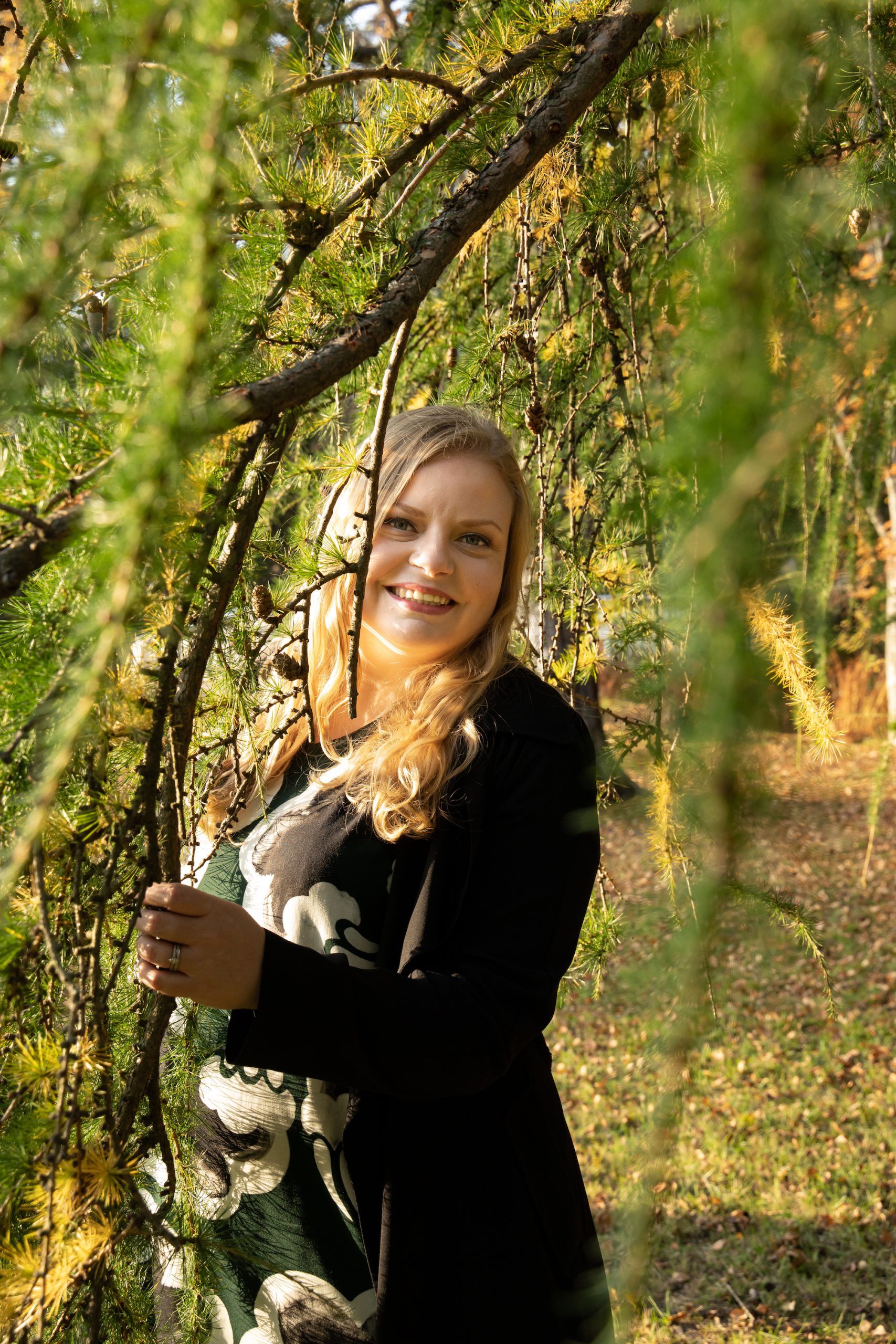
Supporting the wellbeing of mind and body
Investing in mental health and wellbeing is worthwhile for both the individual and the society. Supporting both mental and physical wellbeing increases one’s ability to cope with work and it also improves the employment rate. In Oulu, the situation regarding mental health and substance-related services has been untenable for too long. Apart from the long queues, almost half of the causes for disablements are related to conduct disorders and mental health issues. The city should recognize that the wellbeing of the staff it employs is an important strength, and it should emphasize the health of its workers. Majority of the people in Oulu are doing well, but the inequality in health and welfare has increased the division between different groups of residents, and issues seem to accumulate to certain demographic segments. Improving wellbeing is one of the main functions of a municipality, and this requires enough resources.
- Improving the accessibility of low-entry level mental health services and their quality by introducing immediate access to therapy.
- Improving the mental health knowledge and skills of social workers.
- Utilising cross-professional expertise and listening to experts by experience when designing services.
- Narrowing the gap between different areas and demographic groups.
- Improving the sexual health and wellbeing of people under 25-years-of-age by offering guidance and free contraception methods.
- Supporting the wellbeing and coping of the staff of the city with, for example, sport and cultural benefit vouchers and by developing leadership. This will decrease the number of sick leaves.
- Every child and young person should have a hobby.
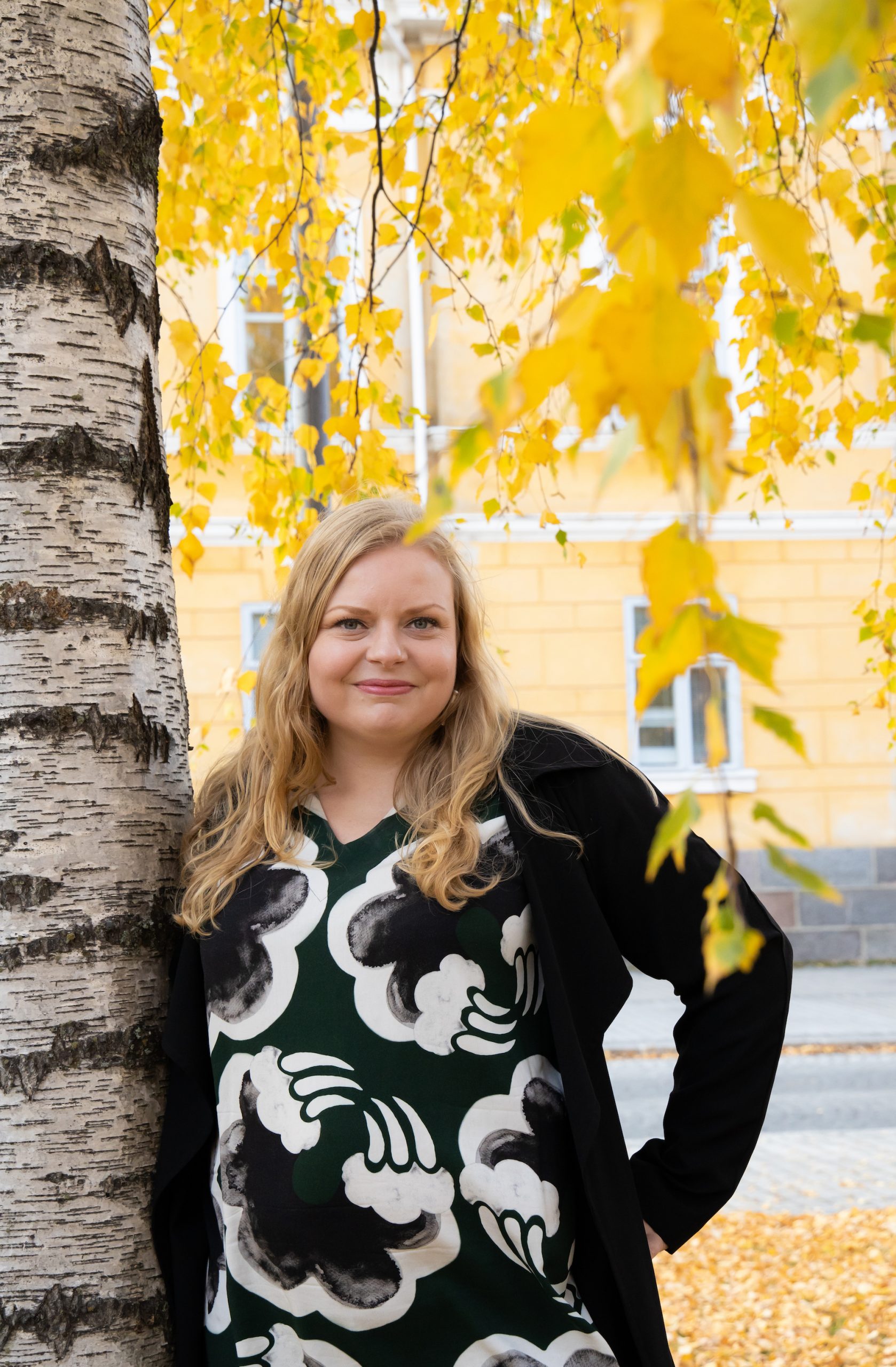
Investing in all the levels of education
High quality early childhood education and education in general are the crown jewels of the Finnish welfare state and one of the most important factors in advancing equality. Every child has the right to a competent and professional education that supports their growth, wellbeing, and learning. Children, young people, and teachers should also have the right for safe, healthy, cosy, and modern learning environments that utilise the latest teaching tools and methods. Day-care centres or schools that are in poor condition or mouldy should not endanger anyone’s wellbeing. The quality of education is created through sufficient resources, competent staff, up-to-date learning environments, and good educational leadership. Education must be seen as a worthwhile investment for the future.
- Protecting children’s right to support and guidance by ensuring that the city has enough study and career councillors, study psychologists, and special education teachers in all levels of education.
- Investing in the quality of teaching by decreasing the group sizes and adhering to the correct ratio of teachers to children.
- Improving the teaching of democracy and participation and involvement of youth in all degrees of school.
- Ensuring safe and healthy learning environments, and offering the necessary tools for learning, such as computers and telephones.
- Introducing learning mental health skills as a part of education programmes.
- Offering a multitude of liberal adult education studies, so that every citizen in the municipality has the chance to improve themselves and learn more.
- Enabling further training for teachers and leaders.
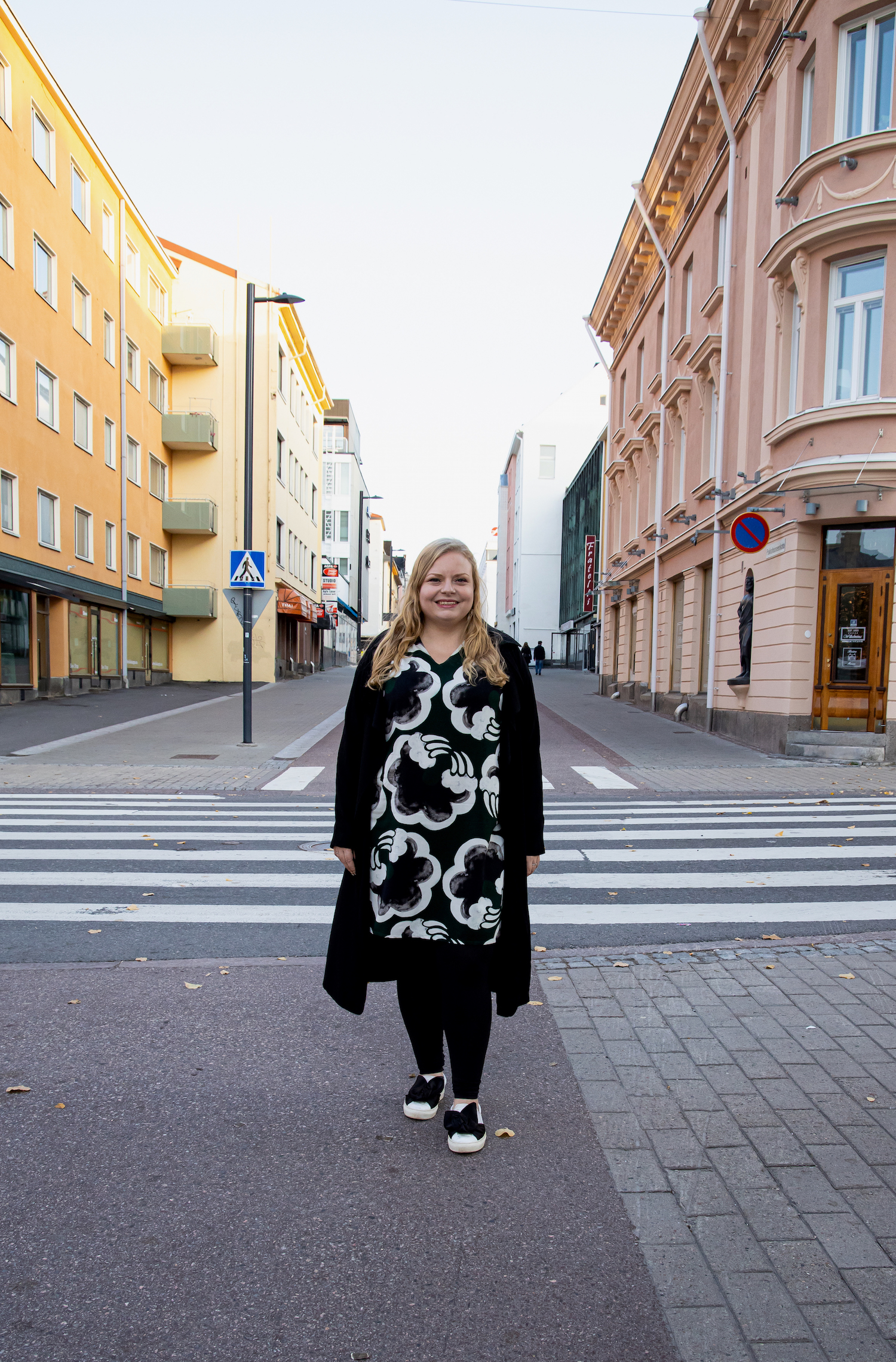
Towards a modern and creative city
In a modern city that looks toward the future, the decisions are made with research-based knowledge, and the involvement of the residents is advanced. The city also combats climate change with courageous acts and heads towards carbon neutrality by, for example, promoting sustainable methods of transportation. In a creative city, performing arts and a vibrant city culture are seen as both improving the wellbeing of the residents as well as a strong factor in the attractiveness of the city. Arts and culture also enrichen the cityscape and the daily lives of the citizens.
- Developing the public transport network to be more accessible.
- Promoting the prerequisites for cycling, building cycling baanas, and introducing the city bike network.
- Conserving the diverse local nature and easing the access for residents to nature destinations by, for example, introducing a bus that takes people to certain locations.
- Having the residents as an integral part of the city development and taking advantage of digital opportunities and environments in decision making. The opportunities of digitalisation must be recognised and utilised especially in services and guidance for young people.
- Advancing methods of city planning and investing which improve the goal of becoming carbon neutral.
- Developing the practices of knowledge-based management by considering the various viewpoints, alternatives, and the available information, and utilising impact assessment.
- Building a pleasant and vibrant city by investing into culture and arts.
